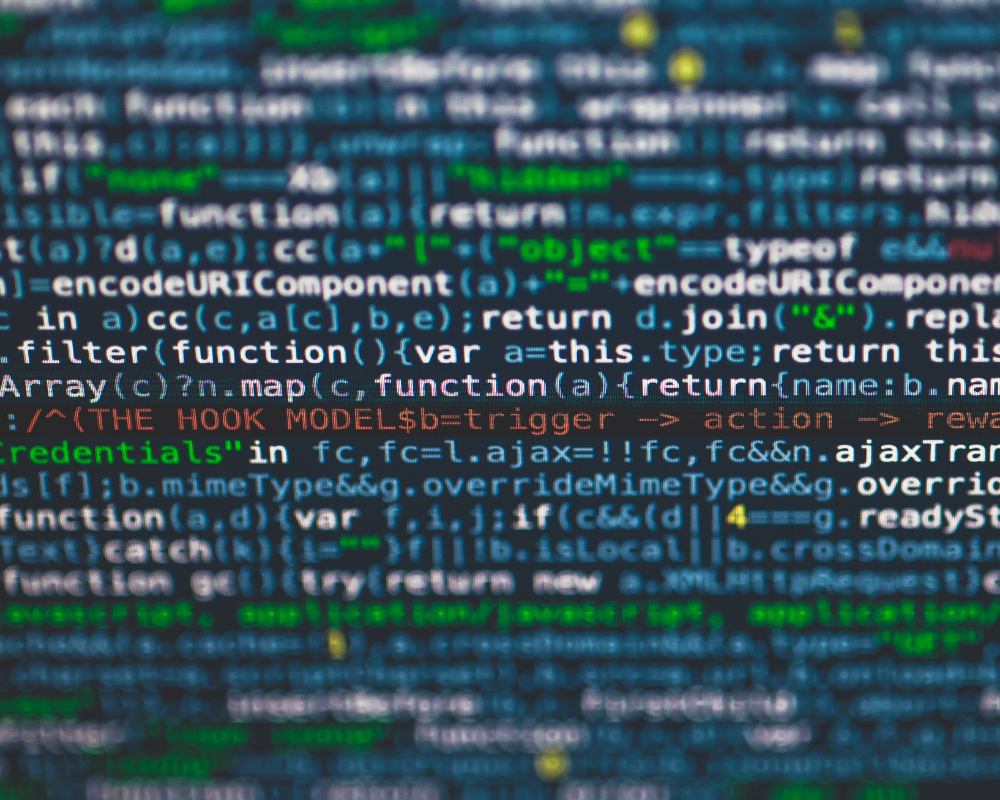Many organizations think that buying the right tool will solve all problems with unstructured data. In practice, however, it turns out that simply implementing technology is not enough. Without clearly defined processes, roles and responsibilities, and without the right organizational culture – data cleansing efforts often fail. Fortunately, solutions such as Gimmal come to the rescue, supporting companies to effectively manage information from the ground up.
Key findings:
-
Data cleansing requires a combination of technology, people and process – a tool alone is not enough.
-
The lack of a designated team and clear roles leads to chaotic and ineffective operations.
-
Organizational culture directly affects the success of data management – ignoring it means failure.
-
Systems such as Gimmal enable control of information throughout its life cycle.
-
Effective data management starts with awareness and commitment from the entire organization.
Table of Contents:
-
Why do companies have trouble cleaning up their data?
-
Three key ingredients for a successful approach
-
How lack of roles and responsibilities blocks progress
-
The importance of support from leaders and committees
-
Organizational culture and performance
-
How Gimmal can help with long-term data management
-
Frequently Asked Questions (FAQ)
-
Summary
Why do companies have trouble cleaning up their data?
Although many companies undertake data cleanup initiatives, they often find that their efforts are ineffective. The most common problem is a lack of a long-term plan and adequate commitment from teams. Many organizations implement tools, but fail to make changes in processes and responsibilities. This results in data continuing to “live its own life” – duplicating, aging or being stored without justification.
Three key ingredients for a successful approach
Successful data cleansing relies on three pillars: people, processes and technology. All must work together to achieve success. Even the best tool won’t produce results if the team doesn’t understand how to use it and why they are doing it. It is also crucial to establish repeatable procedures – who, when and how to manage the information.
How lack of roles and responsibilities blocks progress
In many organizations, no one is formally responsible for information management. This leads to ambiguity, lack of priorities and conflicts of competence. When no one makes sure that data is updated or deleted, it ceases to be a reliable resource. Implementing an information management system therefore requires identifying data owners and their roles at each stage of the document life cycle.
The importance of support from leaders and committees
Good intentions are not enough – you need real support from the board or management. Companies that are successful in data management form information steering committees. Such teams define priorities, monitor progress and resolve disputes. Without the involvement of leaders, the teams’ activities will quickly come to a standstill.
Organizational culture and performance
Organizations that view data management as a strategic priority are more likely to succeed. Company culture affects how seriously information responsibilities are taken. If data is considered a shared responsibility and a valuable resource – the cleanup process is much easier. Without this approach, even the best tools will prove ineffective.
How Gimmal can help with long-term data management
Gimmal ‘s solutions enable full lifecycle information management – from creation to secure disposal. The platform automates document classification, controls access and ensures regulatory compliance. Built-in reporting and monitoring features help better analyze and optimize processes. By integrating with corporate systems, Gimmal not only simplifies management, but also enhances information security.
Frequently asked questions
Do I need a special team to manage the information?
Yes – assigning roles and responsibilities is the key to effectiveness.
Is simply implementing the system enough?
No – without the involvement of people and changes in processes, the system will not deliver the expected results.
What are the most common mistakes when cleaning up data?
The lack of a project leader, the lack of a plan, and the belief that the tool will take care of everything on its own.
Can Gimmal run in the background without big changes in the organization?
Yes, Gimmal integrates with existing environments and can operate flexibly depending on the needs of the company.
Summary
Data cleansing must not be treated as a one-time action, but as part of a broader information management strategy. Without clearly defined roles, processes and employee engagement – even the best technology will fail. That’s why solutions like Gimmal are so valuable – they support companies in creating consistent, secure and compliant information management systems. Remember, data is not just a resource – it’s a competitive advantage that you need to know how to properly organize and protect.



